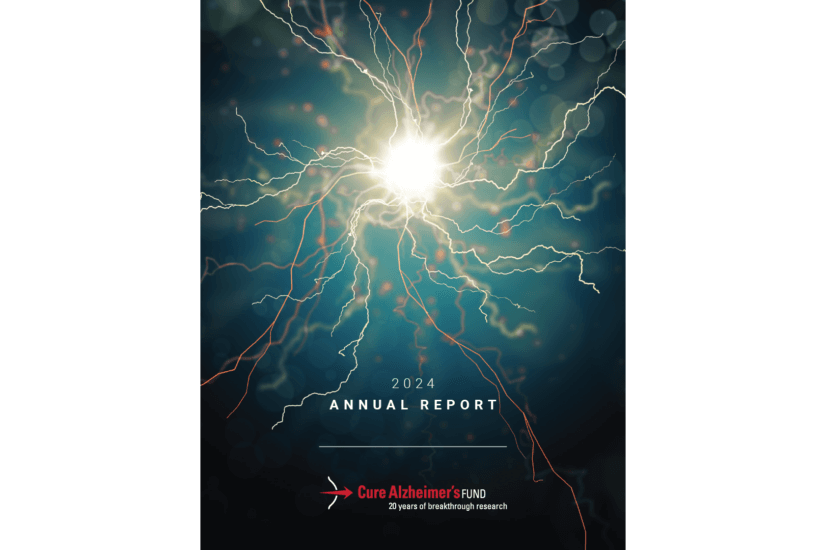When we first met with Dr. Rudy Tanzi to discuss Cure Alzheimer’s Fund, we asked him two things:
- Can you recruit a group of first-class Alzheimer’s researchers to guide us in our investment in basic research into the causes of the disease?
- What is the most important first step we can take to truly make a difference?
Dr. Tanzi answered the first question by assembling the group of researchers known as the Cure Alzheimer’s Fund Research Consortium. They answered the second question thusly: find all the genes that contribute to risk for Alzheimer’s disease.
Dr. Tanzi estimated that task would take about three years and about $3 million. He was right.
We are thrilled to announce our first milestone achievement — Dr. Tanzi and his colleagues at Massachusetts General Hospital in Boston have identified about 70 genes containing variants that either confer risk for, or protect against, Alzheimer’s disease (AD). It has been almost three years to the day, and we have invested approximately $3 million to reach this point.
This is breakthrough research at its best.
It leads the Alzheimer’s research community to new opportunities to develop a cure. You may see a number of news items about Alzheimer’s research emanating from the International Conference on Alzheimer’s Disease in Chicago, but none will be more important than this achievement. Why?
- All drugs developed to date to attack Alzheimer’s have been based on information provided by the first four genes identified more than 20 years ago. These four genes account for only about 30 percent of the genetic activity of the disease.
- By completing the “genetic map,” we now can account for almost 100 percent of the genetic basis for AD.
- With the 70 new target genes and their pathways identified, we can accelerate development of effective drug therapies significantly simply by being able to take many more—and better aimed—“shots on goal.”
The results have been submitted in two papers to two top-ranked peer-reviewed journals. We are pleased to provide you with this pre-publication summary.
What’s our next task? Without pausing, we need to provide the resources to follow up on these newly identified genes to find out how they affect risk and which ones are most amenable to the most immediate pharmacological intervention. We can help start this process with funds we have reserved for this moment, but we cannot completely fund the next round of investigations without significantly more money and collaboration with other sources of funding, both public and private.
Please take a moment to read the summary. And accept our thanks for your help in making the achievement of this breakthrough research possible.
Sincerely,
Jeff and Jacqui Morby
Henry and Allison McCance
Phyllis and Jerry Rappaport
Josh and Anita Bekenstein







